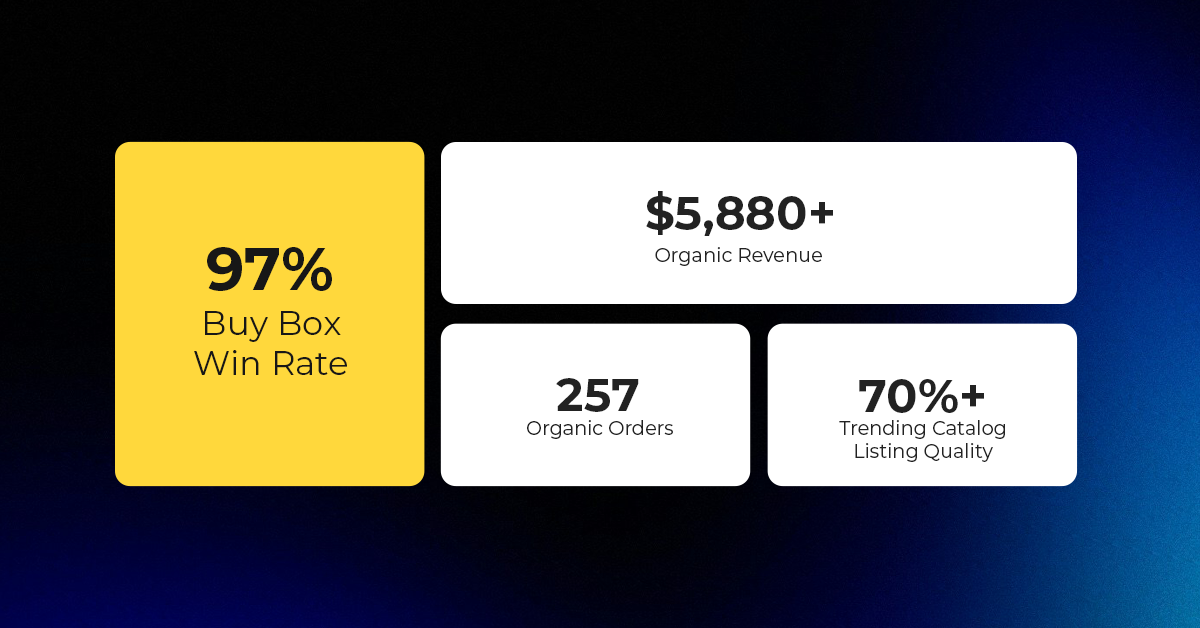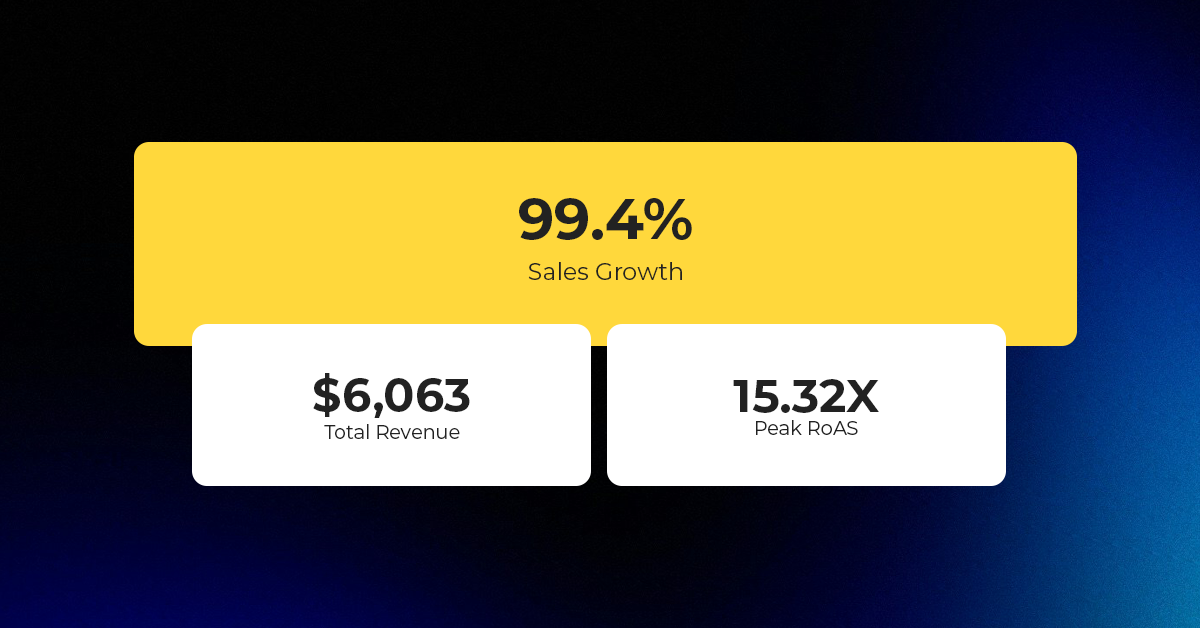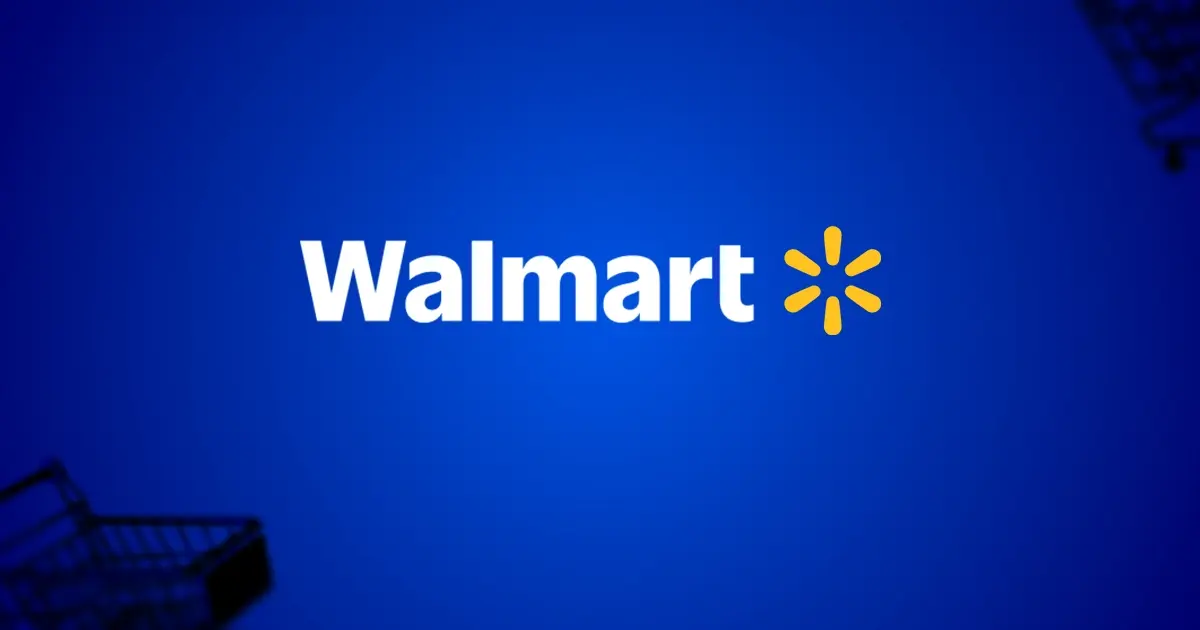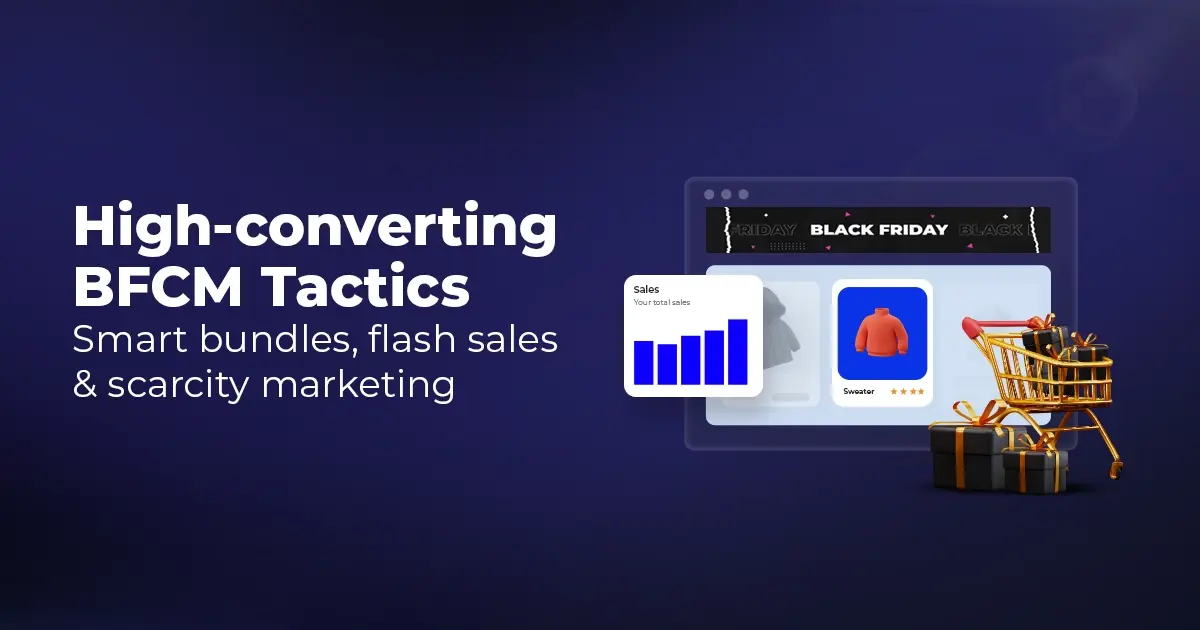TikTok Shop Raises Seller Fees Across Europe as Platform Pushes for ‘Content-Driven Commerce’ Expansion
Reading Time: 3 minutesTikTok Shop is raising its sales commission for merchants across five active…
In a strategic move to enable smaller businesses with global ambitions, international logistics giant DHL announced that it has directly integrated its comprehensive eCommerce and Express shipping services into Shopify’s platform for U.S.-based merchants.
Through this integration, Shopify merchants in the United States can now access a suite of DHL services directly through their dashboard—namely:
These services are marketed as reliable and cost-effective cross-border shipping solutions designed for small and medium-sized businesses, enabling simplified customs procedures, reduced technological friction, and overall improved customer experience.
Scott Ashbaugh, CEO of DHL eCommerce Americas, emphasized that previously, DHL’s optimized international network was mostly reserved for enterprise-level shippers.
“Through the Shopify partnership, we’re empowering small merchants and newcomers selling abroad access to the industry’s most cost-effective shipping option,” said Scott Ashbaugh.
Merchants now have access to flexible shipping options:
Greg Hewitt, CEO of DHL Express U.S., underscored the importance of speed, transparency, and reliability in global shipping. “Through this partnership with Shopify, we’re providing U.S. businesses with direct access to our global network and customs expertise—so they can grow faster and deliver a seamless, trusted experience to customers around the world.”
Notable traction already exists: of the Top 2000 North American online retailers, 189 currently use DHL as a shipping carrier, with combined eCommerce sales totaling $532.33 billion in 2024. Among them, 115 use Shopify as their platform, generating over $10.13 billion in sales that year.
Initially available to merchants in the U.S. and Germany, DHL aims to roll out this integration to Canada in September 2025, followed by further expansion throughout 2025 and into 2026.
With cross-border eCommerce evolving rapidly, this integration could be a game-changer for Shopify’s small and mid-size merchants. Key impacts include:
In times where supply-chain disruptions and tariff pressures disproportionately affect smaller businesses, this move could be particularly timely.
As the DHL–Shopify integration expands globally in the coming year, it could:
DHL’s integration into Shopify equips U.S. merchants—with the potential to scale globally—with a powerful logistical backbone. By combining affordable, transparent, and customizable shipping options with seamless platform integration, this partnership delivers a significant uplift to cross-border eCommerce capabilities.

Reading Time: 3 minutesTikTok Shop is raising its sales commission for merchants across five active…

Reading Time: 11 minutesBy now you have seen your BFCM 2025 numbers. The harder question…

Reading Time: 3 minutesAbout the Brand Name: Vanity Slabs Inc Industry: Trading Slabs- Vanity Slabs…

Reading Time: 2 minutesAbout the Brand Name: Ramjet.com Industry: Automotive Parts & Accessories Location: United…

Reading Time: 2 minutesAmazon is rolling out strategic referral fee reductions across five major European…

Reading Time: 4 minutesQuick Summary: Scaling Lifestyle Powersports on eBay with CedCommerce Challenge: Zero marketplace…

Reading Time: 4 minutesTikTok has surpassed 460 million users across Southeast Asia, reinforcing its position…

Reading Time: 3 minuteseBay has released its final seller news update for 2025, with a…

Reading Time: 3 minutesAmazon has clarified its stance regarding speculation around a potential breakup between…

Reading Time: 4 minutesWalmart is accelerating its push into next-generation fulfillment by expanding its drone…

Reading Time: 4 minutesFaire, the fast-growing wholesale marketplace connecting independent retailers with emerging brands, has…

Reading Time: 4 minutesB2B buying in the United States is undergoing a fundamental behavioral shift…

Reading Time: 3 minutesSummary Cyber Monday 2025 has officially become the largest online shopping day…

Reading Time: 2 minutesSummary Amazon kicked off December with two major developments shaping the future…

Reading Time: 2 minutesSummary Walmart has entered December with two major moves that signal a…

Reading Time: 2 minutesBlack Friday 2025 delivered the strongest U.S. eCommerce performance in history, as…

Reading Time: 13 minutesStill approaching BFCM with generic discounts, last-minute price cuts, or scattered promotions?…

Reading Time: 3 minutesTikTok Shop reached a major milestone during its largest U.S. “Global Black…

Reading Time: 3 minutesOpenAI has announced a new AI-powered shopping research tool designed to help…

Reading Time: 9 minutesIf your TikTok Shop listings often sit in review or your visibility…